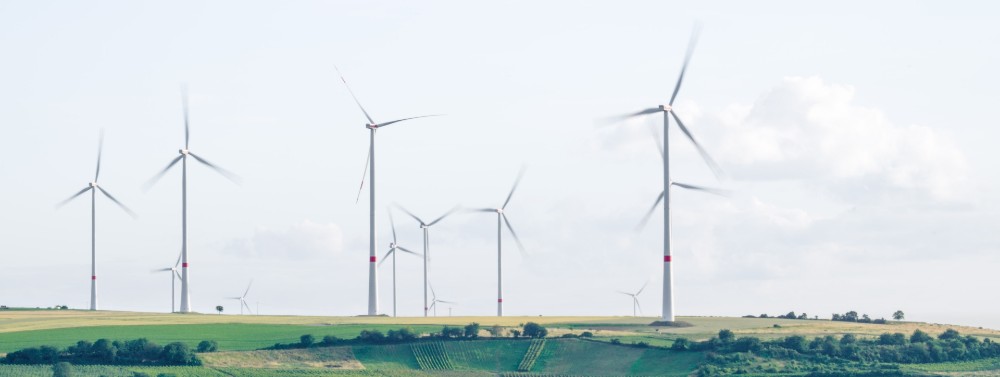Japan's Potential for a Multi-Faceted Approach To A Renewable Economy
Japan is no stranger to the concept of renewable fuel and has made respectable efforts towards turning to a less fossil fuel-driven economy. However, with the national government announcing an ambitious 44% renewable fuel target by 2030, a considerable amount of up-scaling will be required in order to make the changes necessary. Positively, Japan has a huge amount of renewable potential available to it, and this stretches across all of the major forms of renewable energy generation. Honing in on the most efficient and cost-effective will be the challenge for current and future administrations.

Wind energy has huge untapped potential in Japan (Photo: Mölsheim, Germany. By Karsten Würth, @karsten.wuerth)
Wind potential
One of the biggest potential sources of renewable energy available to Japan is through wind power. The vast amount of windy areas in the country mean that on-shore is viable, and given the huge swathes of coastline around the country's expansive archipelago, offshore is also an option to counter NIMBYism. Furthermore, wind power is touted to make great economic sense.
In light of the EU-Japan wind deal that will see German power giants develop facilities in Japan, the Nikkei Asian Review notes that these wind turbines will generate double the amount of electricity as compared to solar power. With a view to the future, maintenance and upgrades are also likely to be straightforward. Industry experts Kardie Equipment have noted the availability and capability of equipment to keep these operations running smoothly, in much the same way that solar operates now.
A tentative move back to nuclear
The Fukushima disaster saw the complete cessation of new nuclear reactor building in Japan, a response to public concerns. Despite this, existing reactors are seeing a restart. While not an entirely renewable energy – nuclear reactors consume fuel – there is a far, far lesser environmental impact from nuclear-derived energy and it's a sector that Japan can quickly and readily take advantage of. With a dozen safety reviews reported by the Japan Times, nuclear is on the way to re-establishing itself as a reliable and secure form of fuel.
The future?
Japan sits in a very active volcanic zone and so there is the potential, huge potential, for geothermal energy to provide all of the country's renewable needs. Iceland is an example of a country where the power of geothermal has been harnessed to great effect – so why hasn't Japan attempted to harness it as yet?
The technology is clearly there; Japanese firms are heavily involved in the production of geothermal energy in Indonesia. According to studies, the problem lies in the nature of Japan's geothermal resources. They are located in hard-to-reach areas where energy infrastructure is not yet built up, and selling this to the public can be difficult. Still, with time and effort, the geothermal energy boom could easily provide an answer to the renewable question.
Taking all of these options into account leads to one conclusion – Japan is in a great place when it comes to renewable energy options. Nuclear is returning to safety, and geothermal and wind are benefiting from new investment. An administration that chooses to invest in multiple options will be rewarded and find a balanced energy plan.
Related content
